BENEFITS OF CUPPING THERAPY
According to Dr. Phan Huy Quyet, Head of the Traditional Medicine Unit at the Center for Traditional Medicine and Rehabilitation, Phu Tho Provincial General Hospital: Traditional medicine teaches cupping therapy to regulate yin and yang, clear meridians, strengthen the body and eliminate pathogens, promote blood circulation, and relieve pain. Cupping therapy is effective in reducing pain. The mechanism of creating negative pressure and improving blood circulation can help reduce pain caused by swelling, muscle tension, or vascular problems.
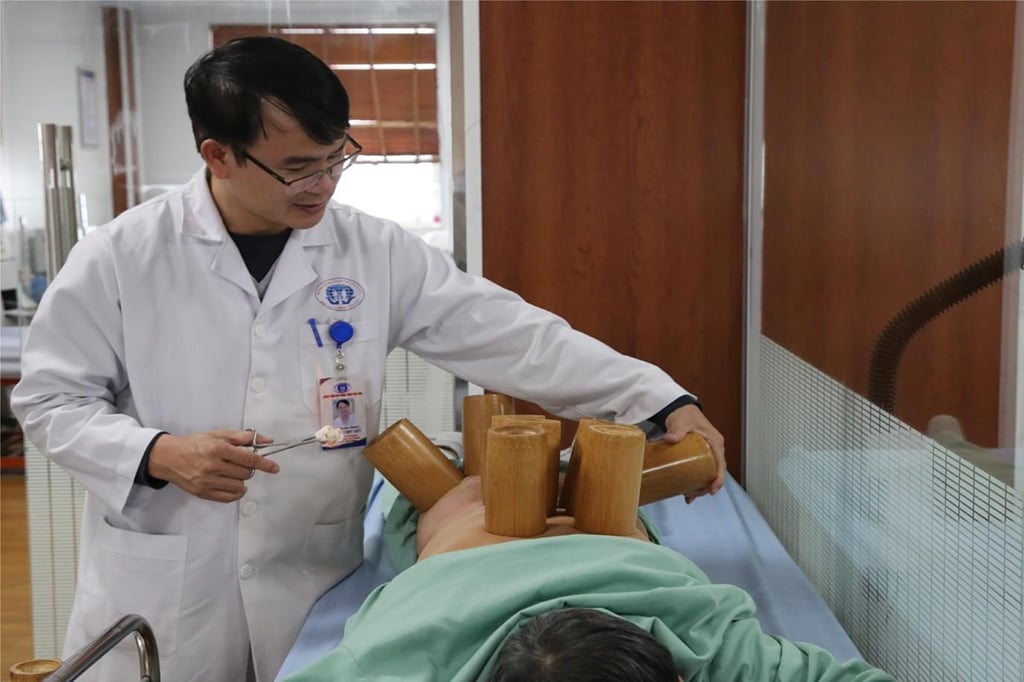
Cupping helps with health care but should be taken into account in cases where it is not indicated.
Cupping can reduce inflammation at the cupping points, help to improve swelling and pain, and stimulate the recovery process. Cupping can also help stimulate the body to eliminate harmful substances through blood circulation and sebum.
Cupping therapy is also commonly used as a traditional method to treat and prevent certain ailments such as colds, muscle aches, back pain, and respiratory problems. The pressure created by cupping stimulates blood circulation, delivering nutrients and oxygen to cells, thus improving overall health.
Cupping cups can be placed at points of interest to relieve muscle tension, relax muscles, and induce a feeling of muscle relaxation. By helping muscles relax and stimulating blood circulation, cupping can aid in muscle and bone flexibility.
Cupping is indicated for patients with colds, bronchitis, and asthma. Cupping can reduce symptoms such as sore throat, chest pain, shortness of breath, and increase airway clearance.
For people with aching bones and joints, cupping helps reduce pain and swelling by stimulating blood circulation, improving flexibility and reducing muscle tension. When a cold or cough lasts, cupping can reduce irritation of the respiratory tract, reduce coughing and help the patient feel comfortable during treatment.
CONTRAINDICATIONS
MSc-Dr. Phan Huy Quyet noted that contraindications for cupping therapy include patients with skin lesions in the cupping area; patients with high fever or convulsions; patients with blood clotting disorders, active bleeding, or those using anticoagulants; patients with generalized edema; patients with metastatic cancer; patients with a history of deep vein thrombosis; patients with thin skin due to age or corticosteroid use; and children under 4 years old. Currently, many facilities can perform cupping therapy to help patients improve their health, and cupping is usually performed by doctors, traditional medicine practitioners, technicians, and nurses trained in traditional medicine with professional licenses to practice medicine as regulated by the Law on Medical Examination and Treatment.
Cupping is commonly used as a traditional method to treat and prevent a number of medical conditions such as colds, muscle aches, back pain, and respiratory problems.
Source link






![[Photo] Explore the US Navy's USS Robert Smalls warship](/_next/image?url=https%3A%2F%2Fvphoto.vietnam.vn%2Fthumb%2F1200x675%2Fvietnam%2Fresource%2FIMAGE%2F2025%2F12%2F10%2F1765341533272_11212121-8303-jpg.webp&w=3840&q=75)

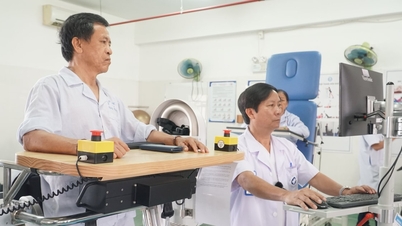

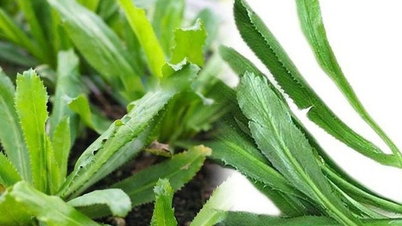

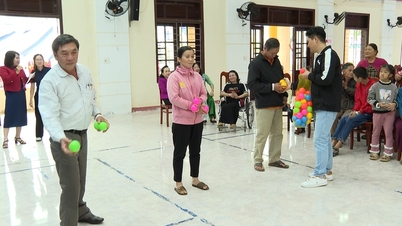
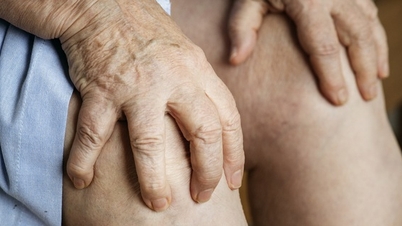

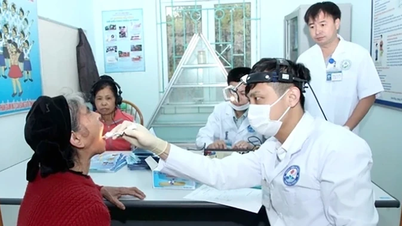


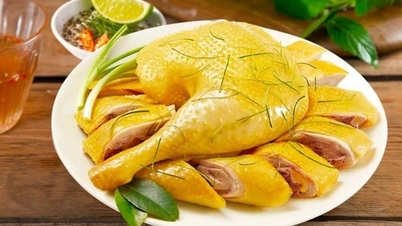



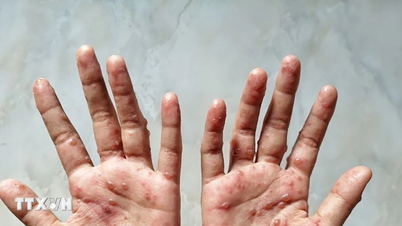










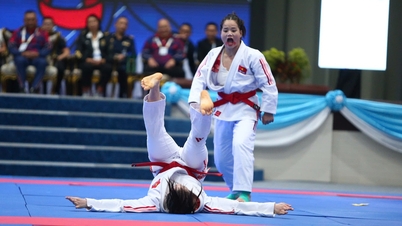




![[Video] The craft of making Dong Ho folk paintings has been inscribed by UNESCO on the List of Crafts in Need of Urgent Safeguarding.](https://vphoto.vietnam.vn/thumb/402x226/vietnam/resource/IMAGE/2025/12/10/1765350246533_tranh-dong-ho-734-jpg.webp)







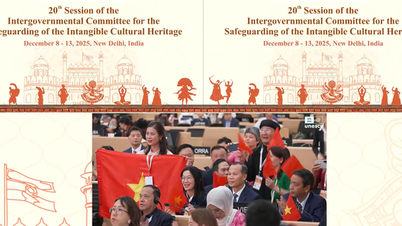

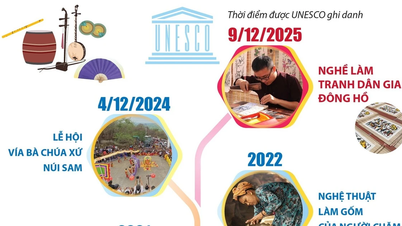





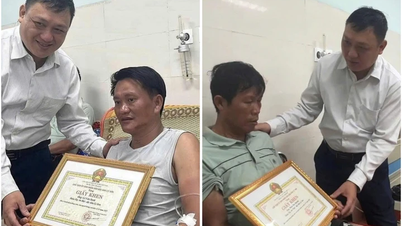


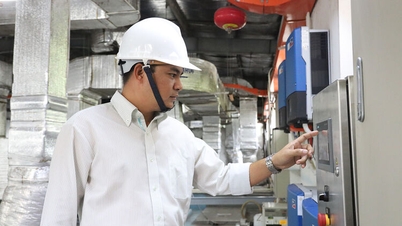

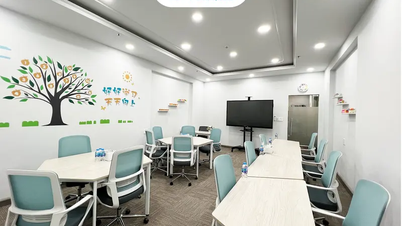













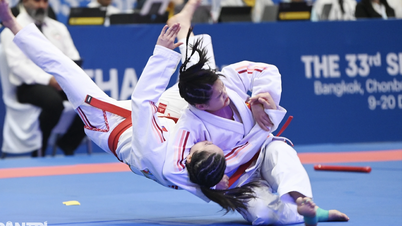

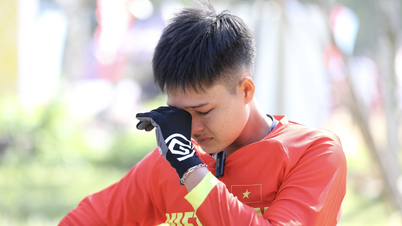






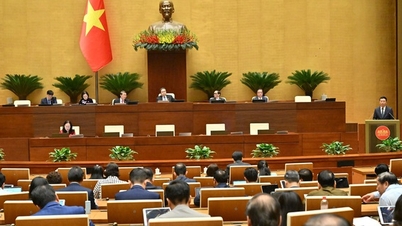


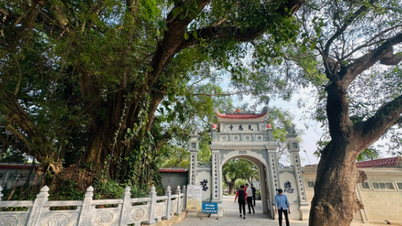
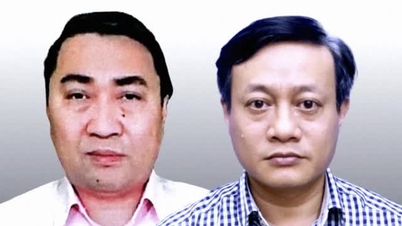






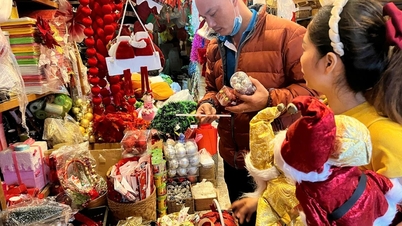



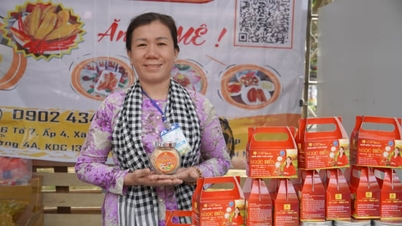
















Comment (0)